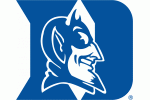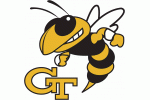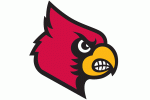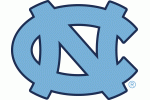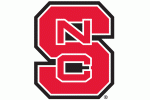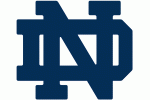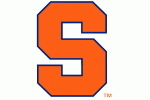Let’s try and have a quick understanding of what this verdict really means.
 Photo by Win McNamee/Getty Images
Photo by Win McNamee/Getty Images
Yesterday, the Supreme Court of the United States (SCOTUS) handed down an unanimous ruling against the NCAA in the case of the NCAA vs Alston. For those who didn’t follow this case until now, the case boiled down to former West Virginia running back Shawne Alston’ and California basketball player Justine Hartman alleging that the when the NCAA alleging capped the educational costs a University could offer them as student athletes, the NCAA violated the Sherman Anti-Trust Act that protects American consumers from monopolies.
The Sherman Anti-Trust Act is always the boogyman threat for the NCAA and other professional sports leagues in the US, but most professional sports leagues, like Major League Baseball, have some sort of written protection from the law. Meanwhile, the NCAA has been operating under a conviction that as an educational and amateur entity, they are exempt from the law’s impact. Yesterday’s ruling fundamentally changed that position, and had some proclaiming the end of college sports as we know it.
However, this is not the case. If you want a quick summation without reading the rest of this post, here are the biggest parts of Andrew Brandt’s twitter breakdown of the case:
To be clear, this decision is not going to allow for a professional, pay-for-play model.
— Andrew Brandt (@AndrewBrandt) June 21, 2021
But it does not allow the NCAA to stop colleges from providing athletes with education-related benefits such as free laptops or paid post-graduate internships.
Will this decision allow schools to pay student-athletes?
— Andrew Brandt (@AndrewBrandt) June 21, 2021
No.
Will this decision allow the next lawsuit to go there absent much loosening by the NCAA?
Yes.
Still with me? Great. Let’s look at Syracuse for an example of how this situation came to be and will unfold in the near future. Syracuse University’s tuition is 55K, but count all the housing and meal costs, and you’re looking at well over 70K per year. Previously, the NCAA ruled that what you see listed on the “total cost of attendance” was all that the Syracuse Orange athletic administration could cover under a full scholarship to SU.
Now, does this mean that a school can simply give players 20K in cash and claim it’s for educational purposes? No. This case and it’s subsequent ruling was limited to just educational benefits. Instead, players at Syracuse could receive iPads, computers, instruments, etc so long as it was clearly intended to be used in student life part of being a student athlete. Any astute reader will see that the collegiate arms race will now expand beyond training facilities and move into the educational space, where some could argue it should have been in the first place.
The reason for the bold proclamations of change stem from reading the SCOTUS’s decisions, particularly Judge Kavanaugh. The Conservative judge skewered the NCAA, writing things like ““Nowhere else in America can businesses get away with agreeing to not pay their workers a fair market rate on their theory that their product is defined by not paying their workers a fair market rate. The NCAA is not above the law.” Additionally, he almost invites someone else to bring a NCAA compensation case before the SCOTUS, all but warning the NCAA to change it’s model or be hit with another loss.
Even though Mark Emmert is out in the world proclaiming that the decision is a win, the NCAA Commissioner is on opposite side of a bipartisan issue, in an era where political parties are arguably more divided than they’ve been in hundreds of years. It’s almost a foregone conclusion that if the NCAA doesn’t proactively allow player compensation, the SCOTUS will legally compel them to do so. The battle will then turn into schools decreeing that the new model is not financially viable, when in reality, it will just mean a fundamental change in how they choose to allocate funds.





